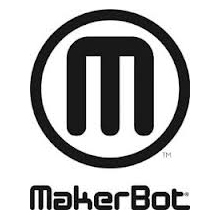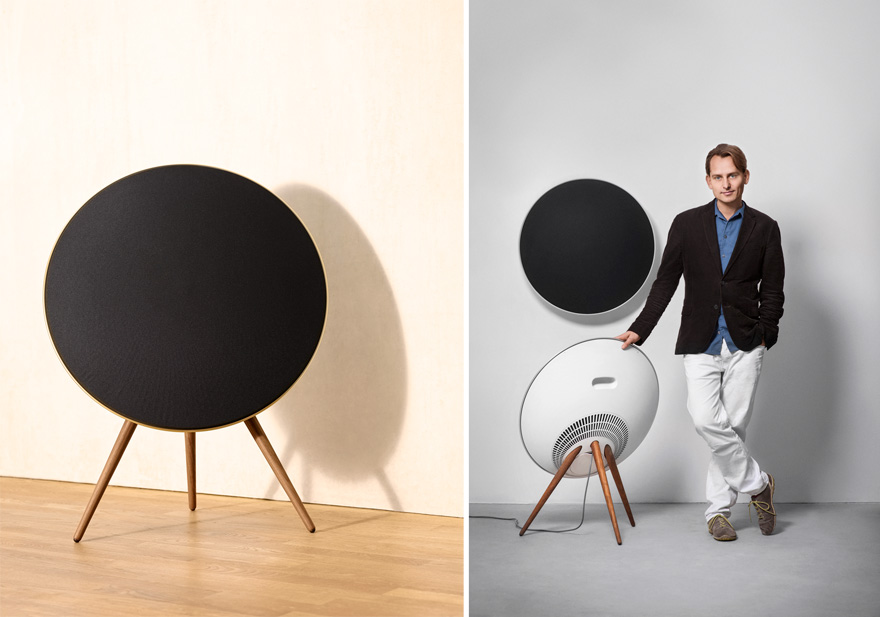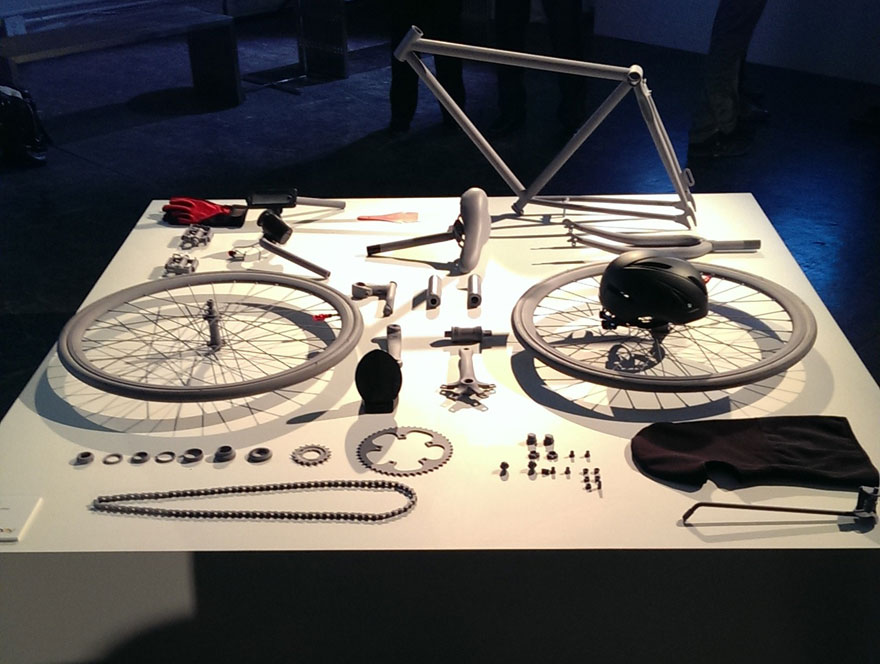![GettingHired-IDEO-1.jpg]() Designers prototyping concepts for Brand New IDEO, the company's recent brand exploration
Designers prototyping concepts for Brand New IDEO, the company's recent brand exploration
This is the second post in our Getting Hired interview series. Yesterday, we talked to the VP of design at Lunar.
IDEO's 600 employees don't fit neatly into categories because the firm famously works across disciplines, and encourages its employees (and by extension its clients) to unlock their potential in creative ways. This has led to many firsts, including Apple's original mouse and the Treo, to name just two. Founded by David Kelley in 1991, IDEO is a design consultancy focused on helping its clients innovate and grow, and on bringing new companies and brands to life. As IDEO's global head of talent, partner Duane Bray handles anything that involves the company's people and culture—how people find out about the company, how they join IDEO and develop their careers, how they build their internal and external networks, and even what it looks like when people transition out of the firm.
Can you walk us through your process for hiring a new designer?
At a certain point in the year, we'll start to identify what our needs are for any of our locations. This is basically aligning what the market is telling us in relation to our portfolio and the skills that are necessary, and asking, Where are our gaps? When we start doing that, there are three places where we look to fill those needs. The first is looking internally; we encourage people to move around the firm a lot, so often we'll start there. Then we'll also reach out to our network, because we often have folks at IDEO who already have an ideal person in mind. And, finally, we'll post the position. You'll see activity from us on LinkedIn or on our website, doing a broader outreach to the world.
There's always an evaluation process before bringing someone in. It starts with their portfolio, their work and what we understand about their work. Any recruiter at IDEO will tell you the resume is the last thing you look at; the work is always the first. Once we do that and identify candidates, particularly if it's someone we want to hire who doesn't work at IDEO, we'll start arranging a series of conversations with them. There are usually multiple conversations. It's rare that someone comes in for one interview and they're done.
Then we'll start to look at what kind of the conversations we need to have at IDEO. We'll arrange deliberate conversations that cut across boundaries, and sometimes we'll put people through activities. We've done everything from throwing cocktail parties where people come in and we mingle, to putting them through an actual working session where we'll have them join a team. We'll do things to try them on for size, from both a cultural and a professional perspective.
What makes good candidates stand out?
Once we reach out to someone, we've usually seen their work and now we want to talk to them. We're looking for people who are great storytellers. What got them here? How do they solve problems? What inspires them? We often see people who have followed rich and diverse paths to get to where they are. So sometimes that story is really interesting to us, and we look for that. Storytelling is number one.
We also want to know that they're passionate about the role. Sometimes there's a distinction between being passionate about working at IDEO and being passionate about the role we're hiring for. Do they truly love the idea of this job, whether it's at IDEO or somewhere else?
We also look for people who embody our values in some way. Just simple things like being collaborative and being comfortable with ambiguity. Development at IDEO is not a rigid structure; it's much more of a negotiation. Therefore, ambiguity and how you deal with that is important. Then there's the notion of making others successful. We look for people who, when talking about their work or projects, talk about how they were part of a team. It's not just "I did this" or "I had the good idea." Finally, curiosity: We love for them to be curious, to ask us questions.
![GettingHired-IDEO-2.jpg]() Duane Bray, IDEO's global head of talent, and a team-building exercise outside IDEO's New York City office
Duane Bray, IDEO's global head of talent, and a team-building exercise outside IDEO's New York City office
(more...)![]()




 The Shark Lamp in its natural environment
The Shark Lamp in its natural environment Sanding the perfect fin
Sanding the perfect fin

 Kenny de Vlieger and his family
Kenny de Vlieger and his family







 Big Improvement
Big Improvement So much easier to use!
So much easier to use! For
For  Jeff Salazar, LUNAR's vice president of design
Jeff Salazar, LUNAR's vice president of design
 Photos via Dark Rye magazine
Photos via Dark Rye magazine





 The fresh floor-embedded pneumatic lift he uses to get the logs up to the bandsaw at 1:20
The fresh floor-embedded pneumatic lift he uses to get the logs up to the bandsaw at 1:20 His lath drying rack at 3:29 and spinning drying rack at 3:47
His lath drying rack at 3:29 and spinning drying rack at 3:47










 Designers prototyping concepts for
Designers prototyping concepts for  Duane Bray, IDEO's global head of talent, and a team-building exercise outside IDEO's New York City office
Duane Bray, IDEO's global head of talent, and a team-building exercise outside IDEO's New York City office







